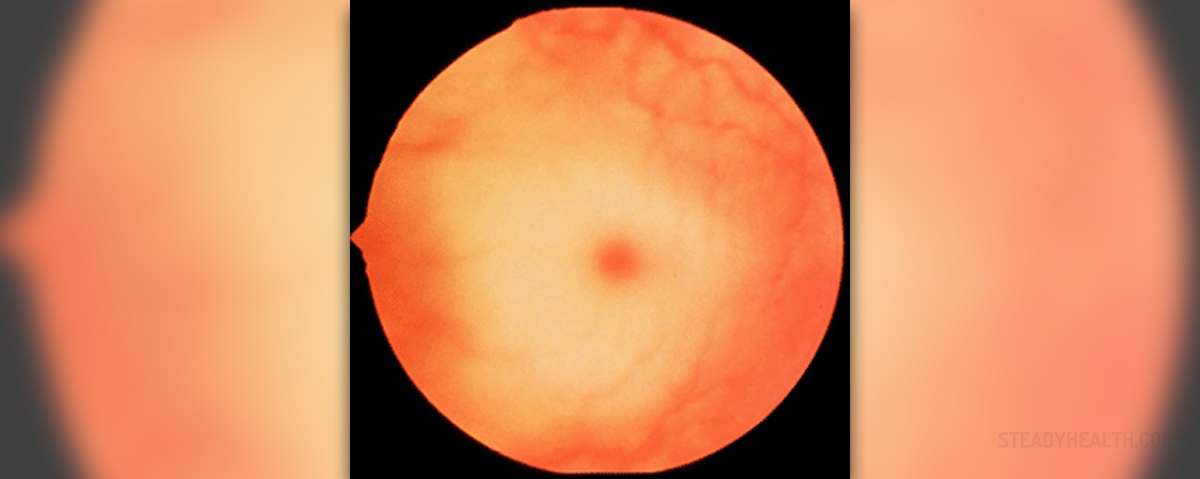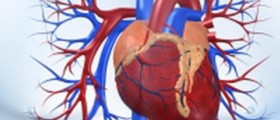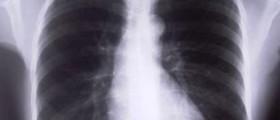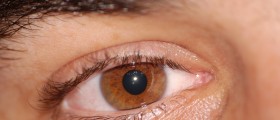
Tay-Sachs often affects very young children and first symptoms and signs become visible when the child is between 3 and 6 months old. Most kids suffering from this disorder do not live more than 5 years. Babies diagnosed with Tay-Sachs start to show signs of very slow development and over time they become unable to move, lose their sight and die very young.
There are also forms of this disease discovered in older kids and even adult people, but these cases are even rarer and the disease is often found to be much milder than Tay-Sachs found in babies.
What Causes Tay-Sachs Disease?
People suffering from this disease do not have an important enzyme called Hexosaminidase-A or Hex-A in the brain. This absence of the enzyme is provoked by a faulty gene, inherited from both parents. Only people who inherit both faulty copies of the same gene from their mother and father can develop Tay-Sachs.
Lack of Hex-A enzyme causes accumulation of fatty substance (ganglioside) in the nervous system, leading to many health problems and lethal consequences.
Possible Prevention and Treatments for Tay-Sachs Disease
Prevention usually involves prenatal blood tests which determine if the person is carrying a copy of the faulty gene that may be responsible for Tay-Sachs disease. Further testing might be necessary in situations when both parents are carriers of the defective gene, so that they can discover if the fetus has inherited this disease. This is known as antenatal testing and for those whose unborn child is confirmed to have defected gene doctors may offer abortion.
Currently, there is no cure for this disease and doctors can only deal with some of the symptoms patients have been suffering from. Most symptoms can be efficiently treated and making the patients comfortable is considered to be the primary goal of the treatment. Marrow (also known as hematopoietic stem cell) transplantation is being explored as treatment that might be beneficial for Tay-Sachs patients in future.
- www.nhs.uk/conditions/tay-sachs-disease/
- medlineplus.gov/taysachsdisease.html
- Photo courtesy of Jonathan Trobe M.D. by Wikimedia Commons: commons.wikimedia.org/wiki/File:Tay-sachsUMich.jpg

















Your thoughts on this
Loading...